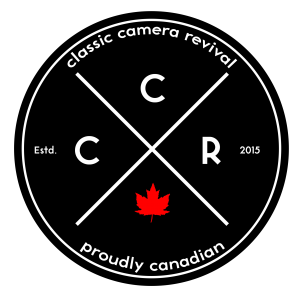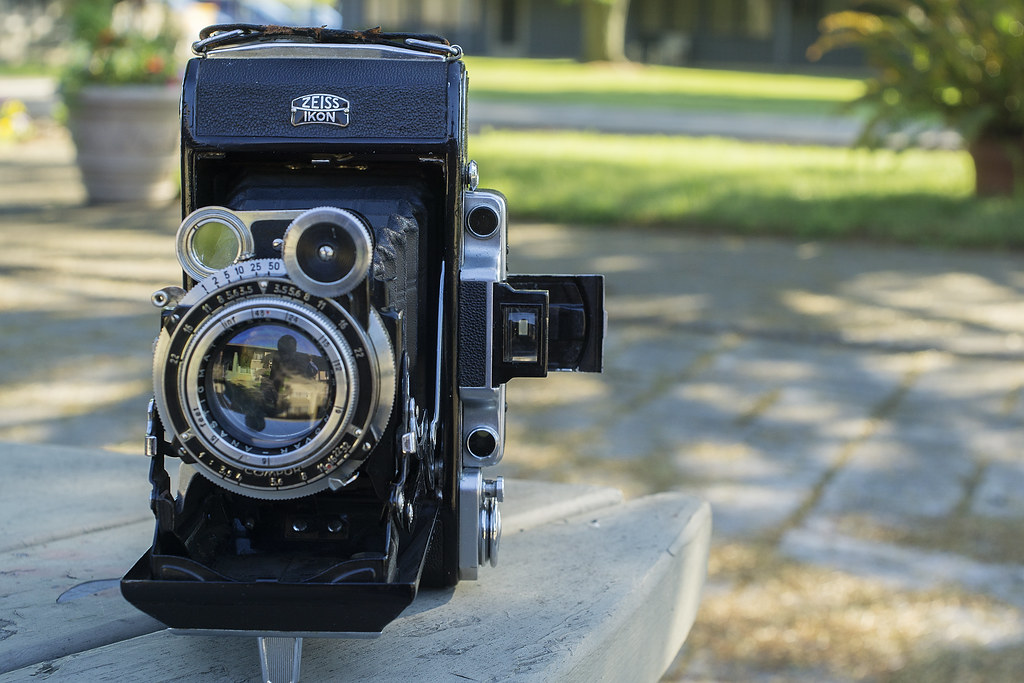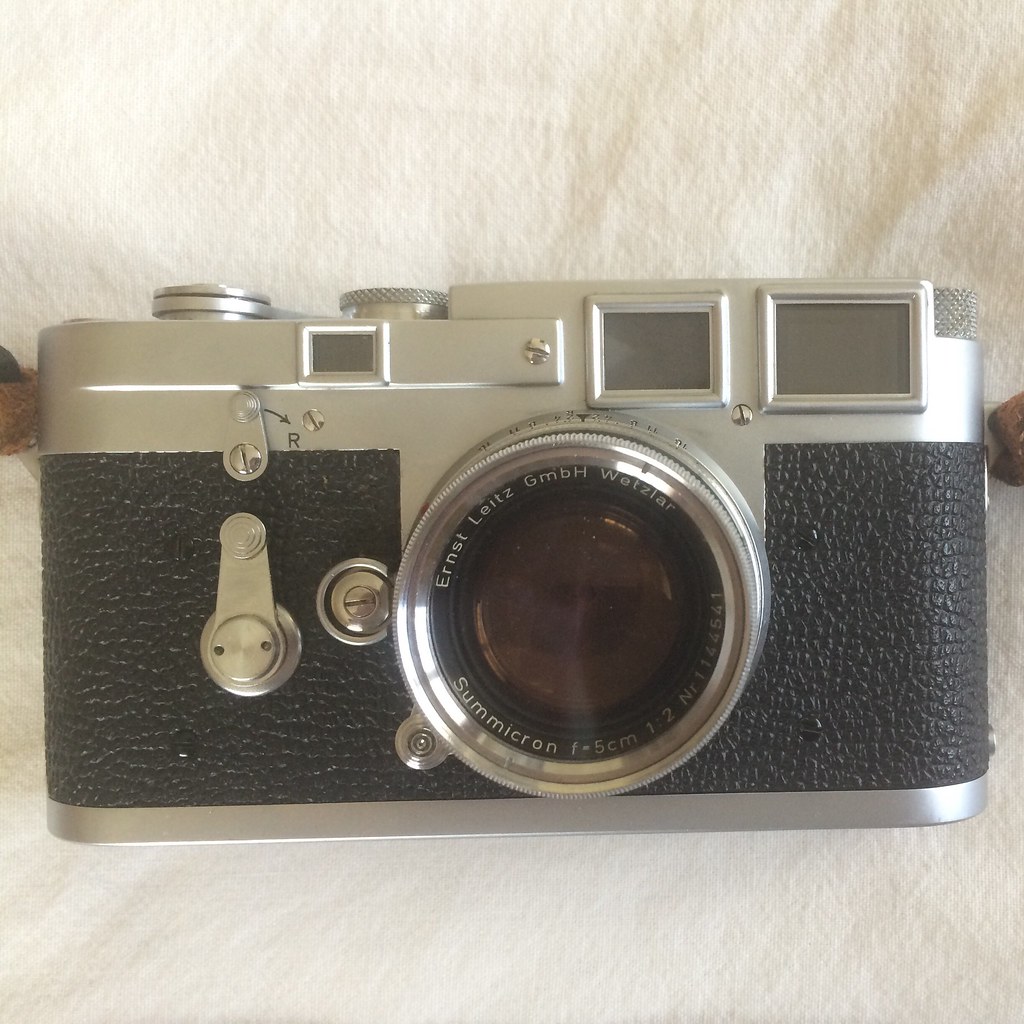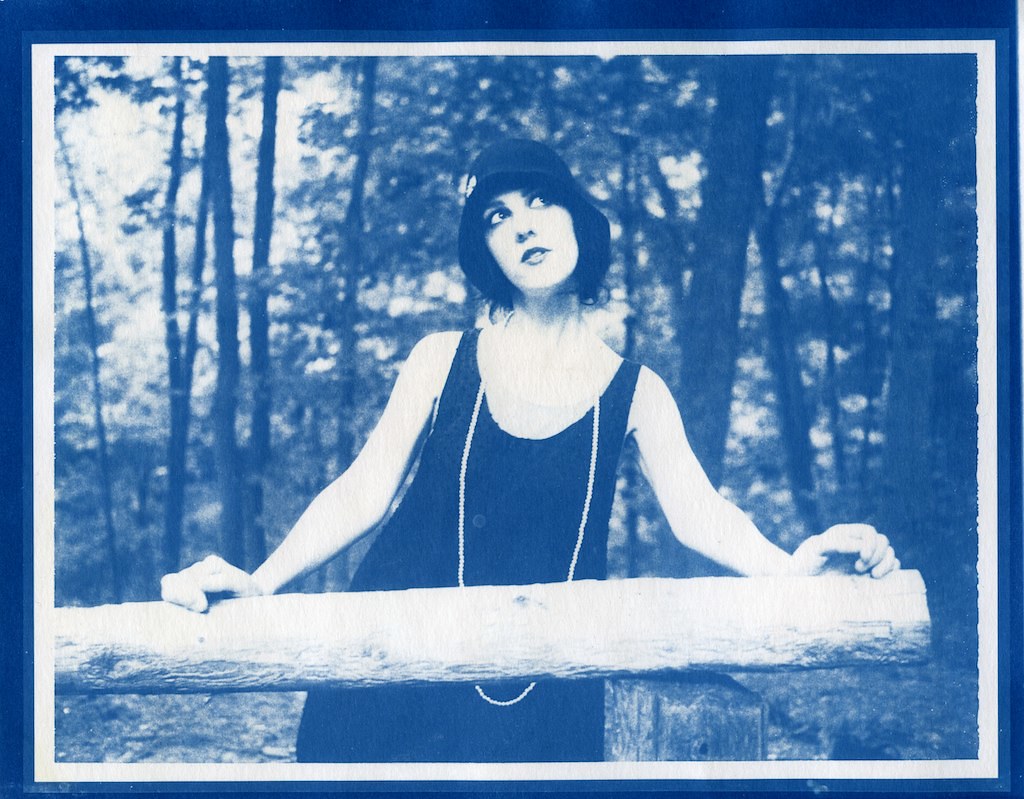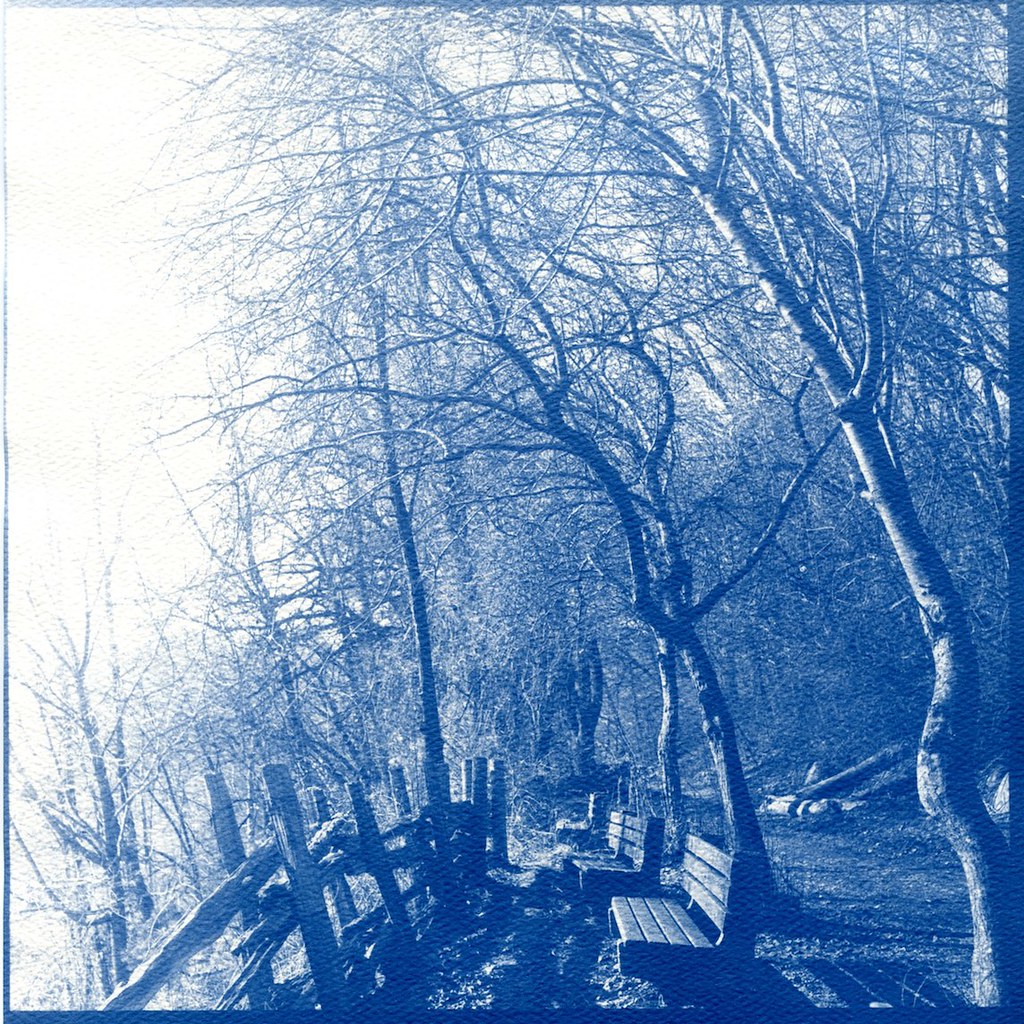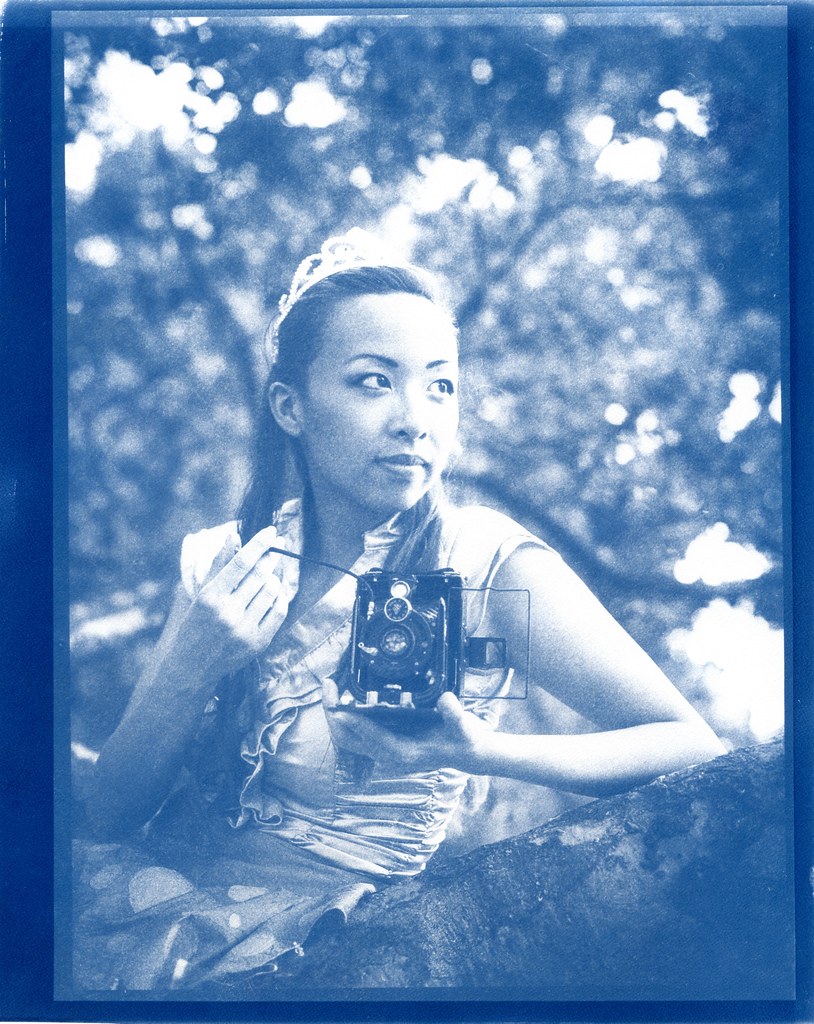Let’s face it; film photography can be fairly frustrating. A lot can go wrong, and some things can be more difficult when viewed through a modern context. But then there are some cameras, films, and processes that can be worth the effort as they deliver results that are something unique or special. So join Alex, John, and Bill as they discuss what they think is worth the effort!
Cameras
Zeiss Ikon Super-Ikonta 531/2
When it comes to folders, they offer a great deal of power in a small package. But the camera can be a bit of a bear and hard on the pocketbook. Regarding weight and balance, the camera is a bit front-heavy and awkward to use in an easy and meaningful way. But a folder is a nice option if you want that big 6×9 negative without adding too much weight to your camera bag. And also, try and get one with the Novar optics; they’re a bit cheaper on the used market and offer excellent image quality.
Specifications
Make: Zeiss Ikon
Model: Super Ikonta 531/2
Type: Rangefinder
Format: Medium Format (120), 6×9
Lens: Fixed, Novar-Anastigmat 1:3,5 f=10,5cm
Shutter: Compur Leaf Shutter, 1″ – 1/250″ + Bulb
Year of Manufacture: 1936-53
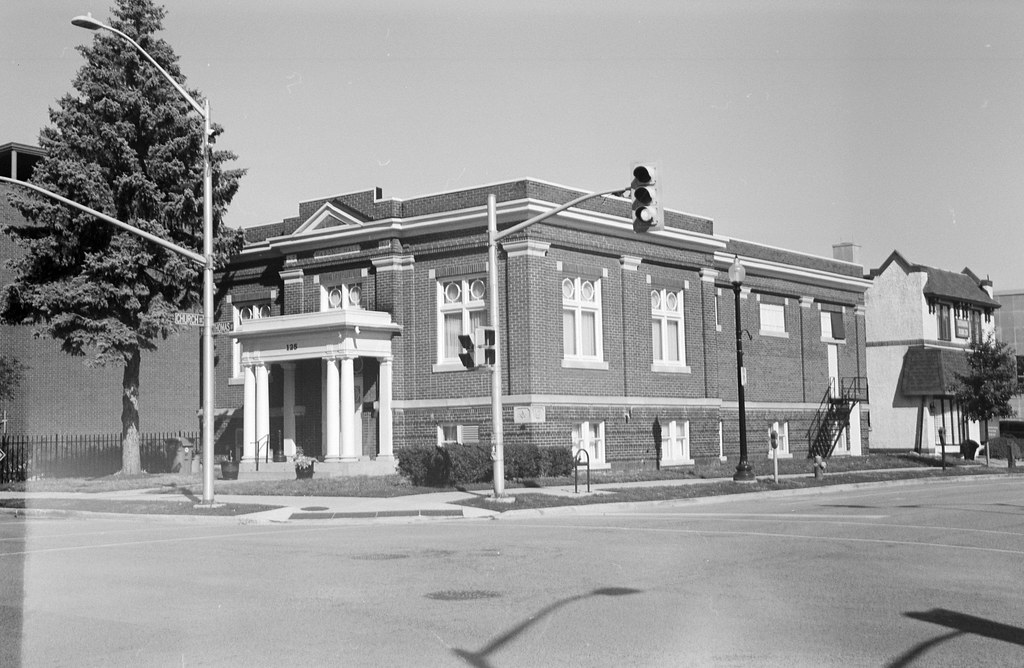

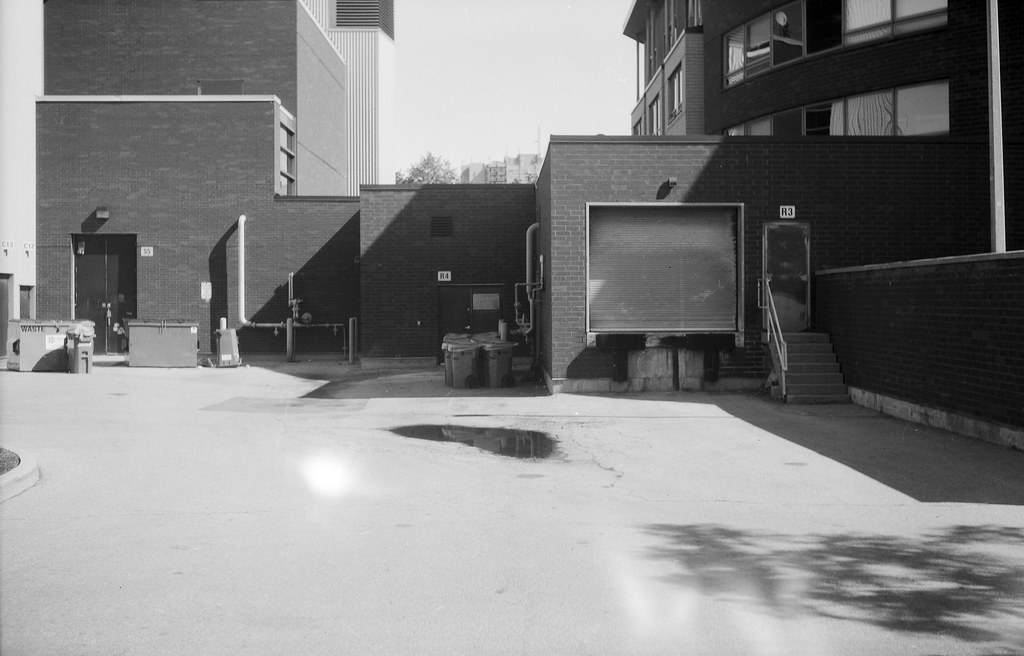

Leitz Leica M3
When it comes to Leica cameras, the M3 marked the start of the iconic series of rangefinders. But they aren’t for everyone; they are an investment in time and effort. It can be a hard transition if you’re used to something more automatic. You have the same bottom loading (which takes a bit of practice but is far either than the original Leica rangefinders). You also don’t have any meters, and focusing is all manual. While designed for only specific focal lengths, there are accessories to help with some of the wider and longer lenses. But with a lot of practice and a bit of mindfulness, the results will speak for themselves.
Camera Specifications
Make: Ernst Leitz GmbH
Model: Leica M3 (Double Stroke)
Type: Rangefinder
Format: 135 (35mm), 36x24mm
Lens: Interchangeable, M-Mount
Shutter: Horizontal Cloth Focal Plane Shutter, 1″ – 1/1000″ + Bulb
Year of Manufacture: 1954-68
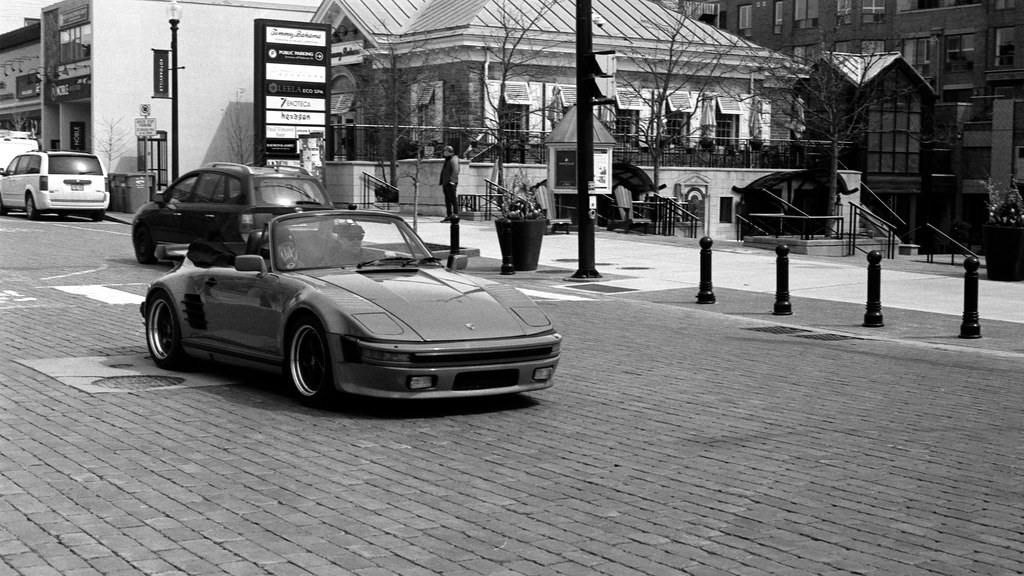

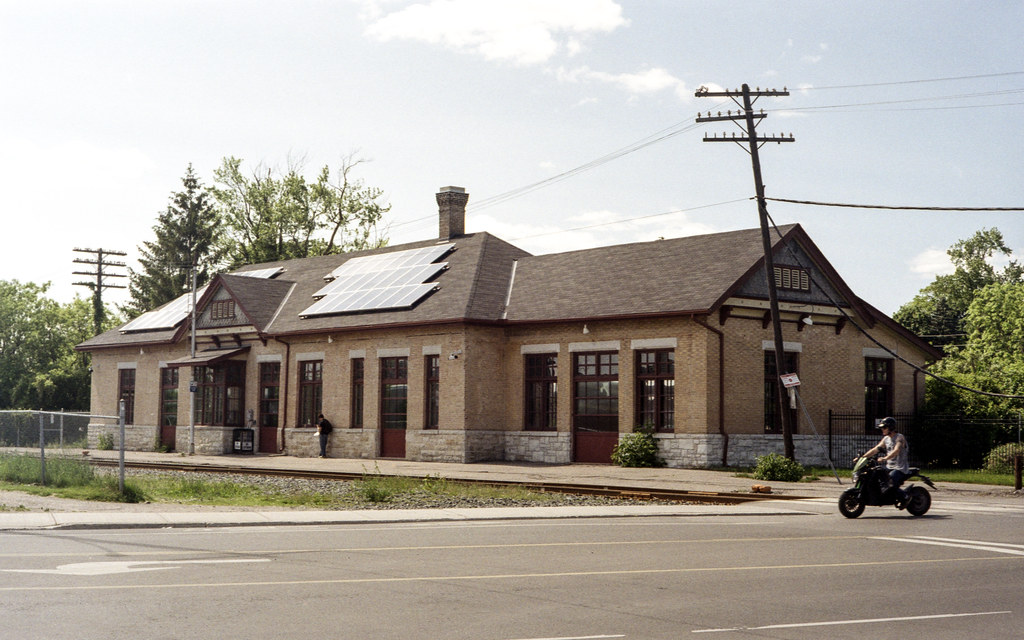
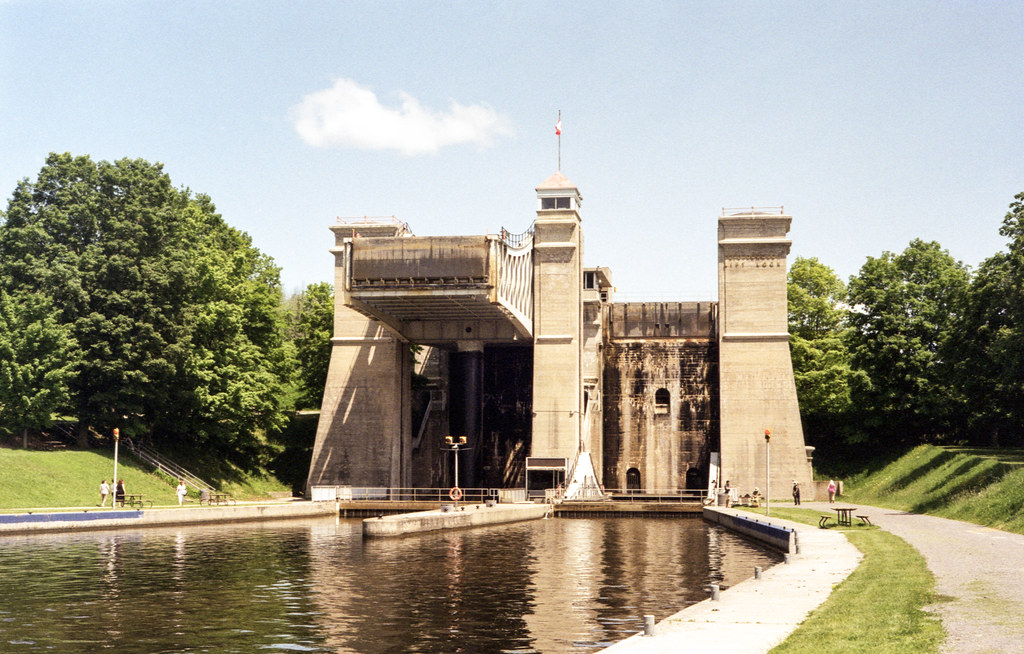
Films
Adox CHS 100 II
Regarding film stocks, Adox CHS 100 II is the return of a classic, but figuring out how to expose and process the film. This silver-rich film is a reinvention of Efke 100, a copy of the original Adox 100 film from the early 20th Century. But the results you get are worth the effort. As a silver-rich, single-layer film, it is best to shoot at its box Speed of ASA-100 and pick the right developer. While your traditional D-76, HC-110, and Rodinal will be good. It works well in more exotic fare like Adox FX-39II, 510-Pyro, and Atomal 49!
Film Specs
Type: Ortho-Panchromatic
Film Base: Polyester (PET) 100μm
Film Speed: ASA-100, Latitude: 100-400
Formats Available: 135, 120 (currently unavailable), Sheet Film (4×5 to 20×24)
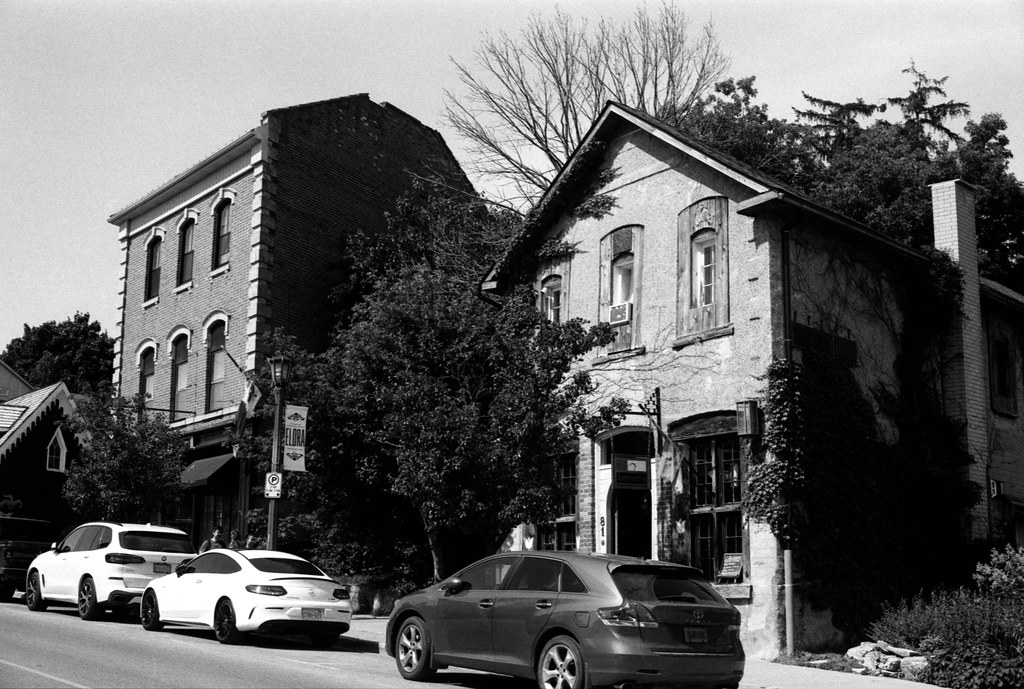
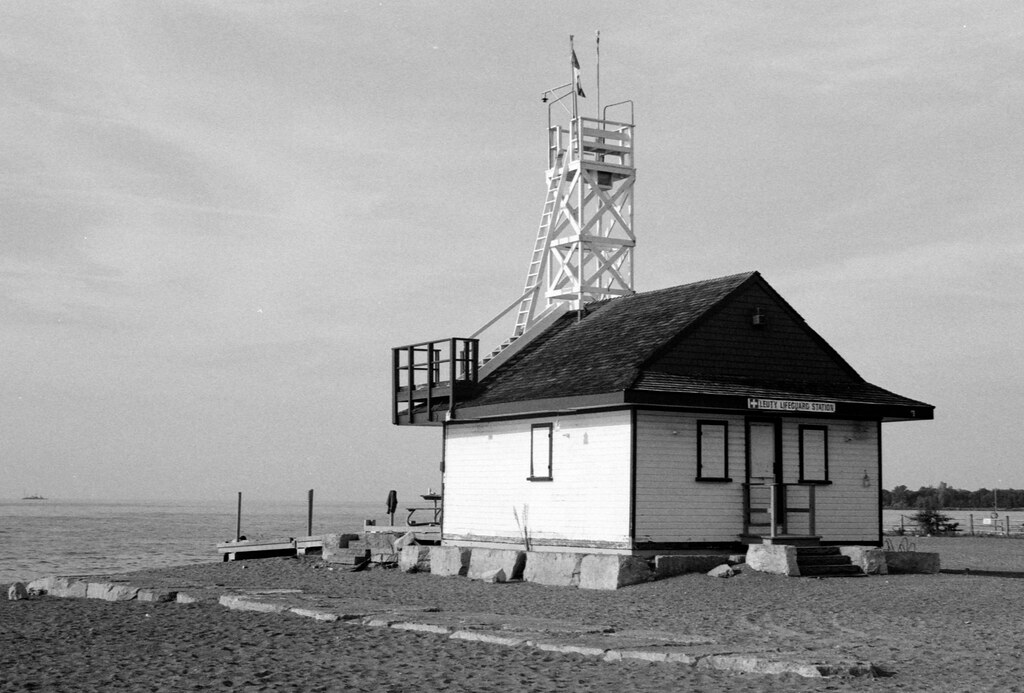
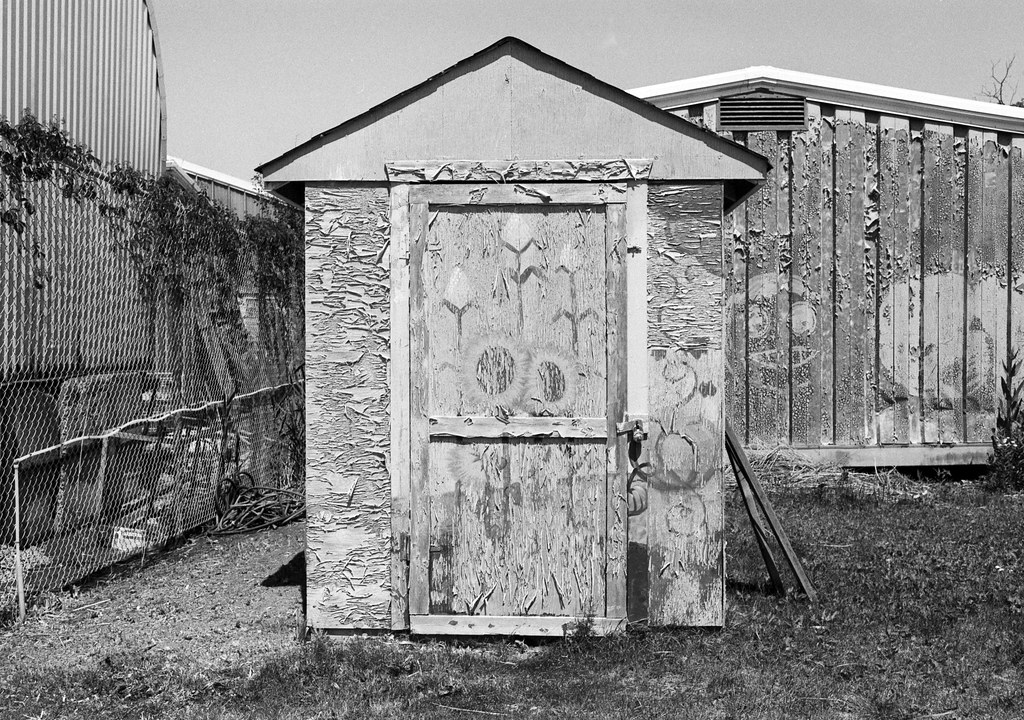

Processes
Adox Scala Process
Regarding black & white film, reversal processing recently has been the realm of a single speciality lab, Dr5. And while the future of Dr5 remains in flux, Adox introduced a kit that allows the easy creation of B&W slides from negative films at home. These are something magical when you pull them out of the tank. But it is far from an easy process. With long development times, fickle agitation and having to reexpose the film, it can be trying for even the most level-headed home developer.
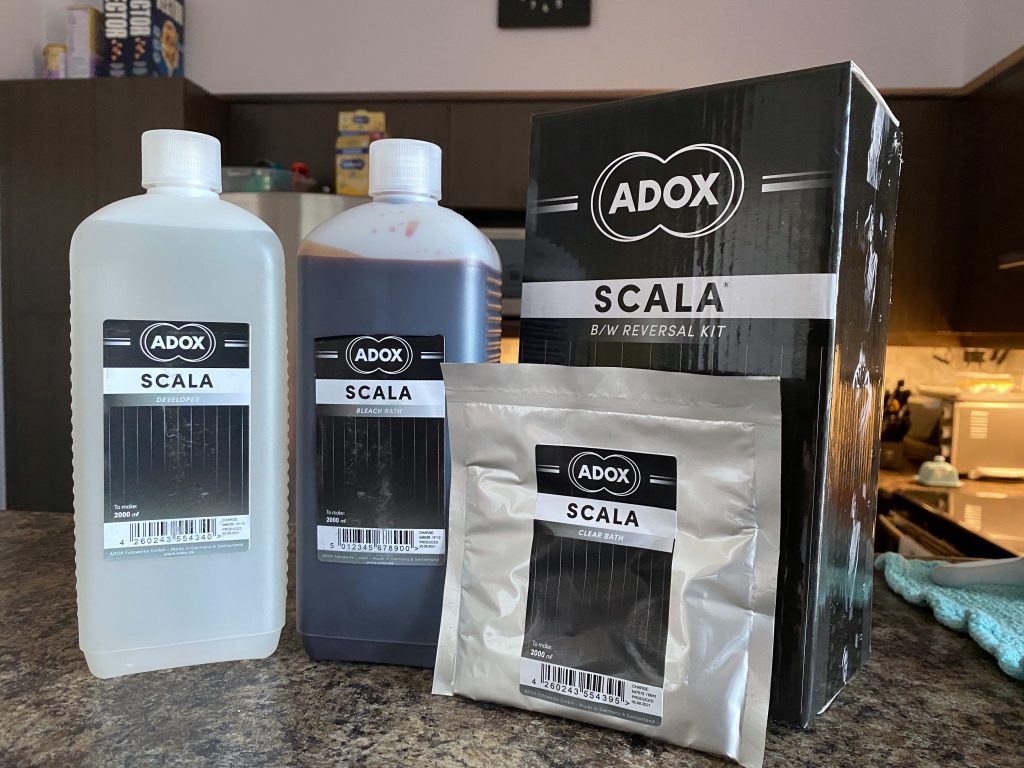
Technical Details
Manufacturer: Adox
Name: Scala Developer
Primary Developer: Hydroquinone
Type: One Shot (Developer), Reusable (Bleach & Clear)
Mix From: Liquid (Developer and Bleach), Clear (Powder)


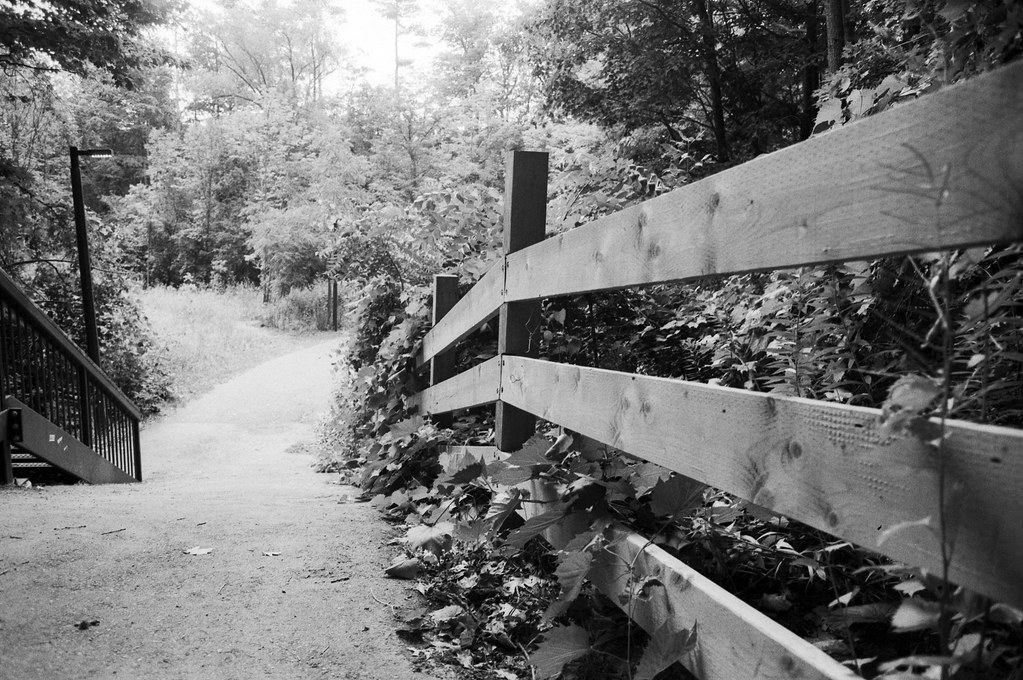

Printing
Before the wonderful world of digital and film scanners, printing is the only way to finish your work. And when it comes to darkroom printing, there is nothing more time-consuming and frustrating, but always worth it in the end. But these days, we have many more printing options, not just the darkroom. Even simple inkjet prints at home or from a lab can make your images have that finished look! Of course, a lot of work goes into creating these prints. It might take some time, from scanning to sending, but it is always worthwhile. And it’s not just your average 4×5; you can also use a variety of self-publishing to create your own ‘zines and books. These prints make great cards, gifts, and even art around your home.
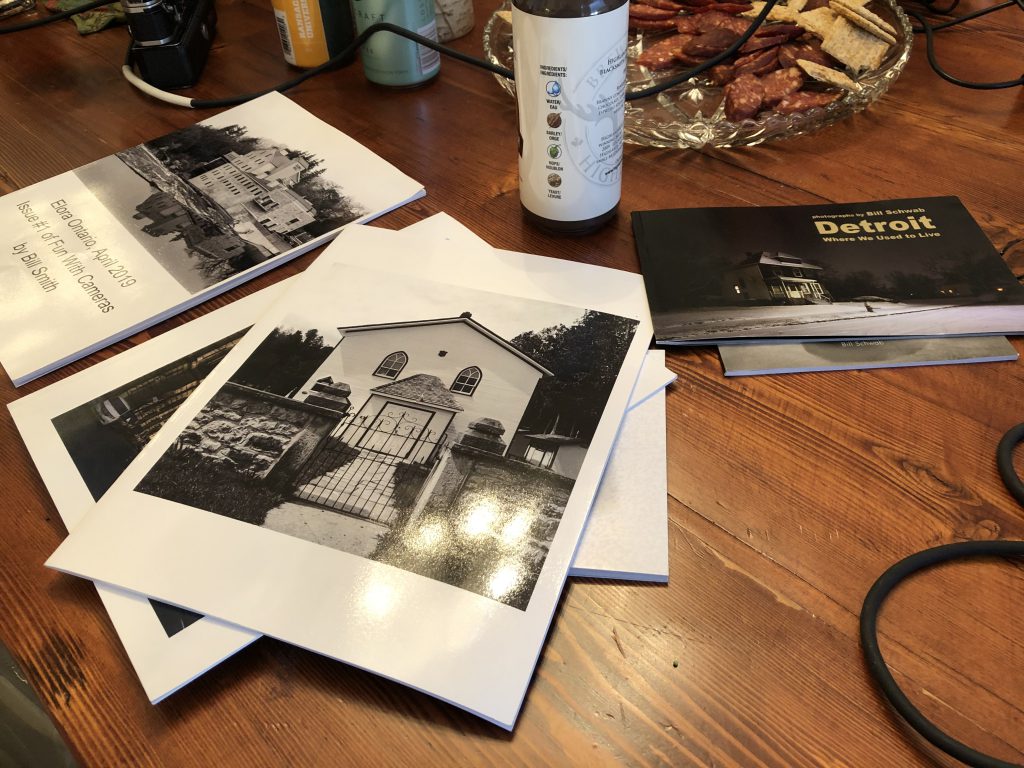
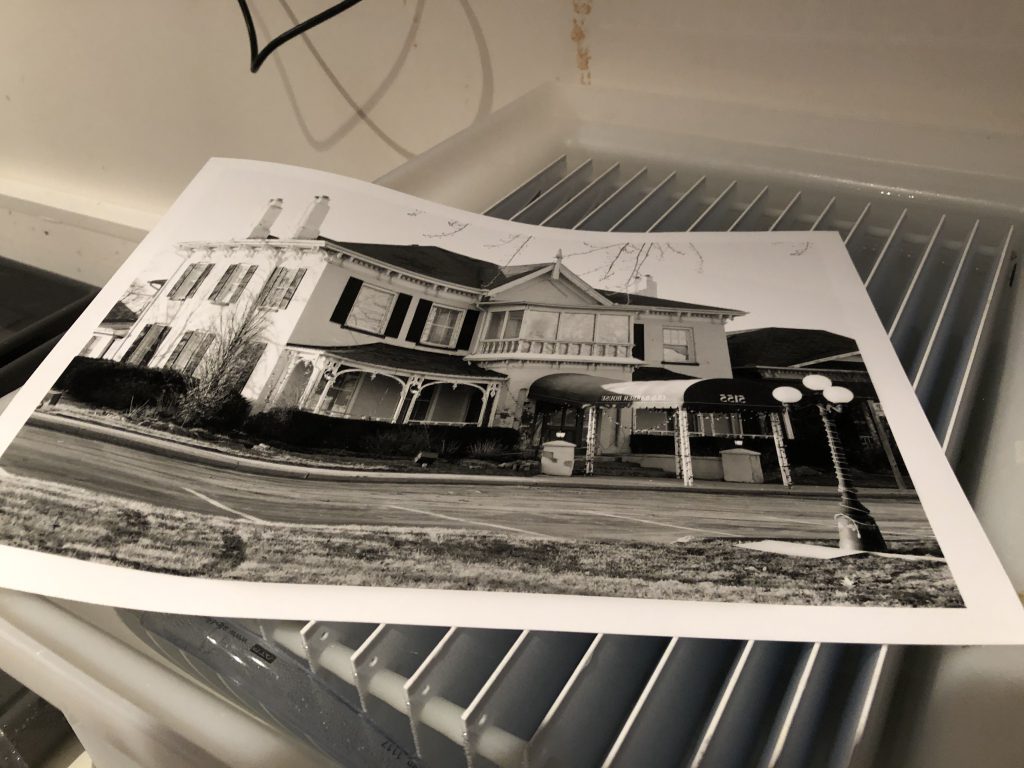
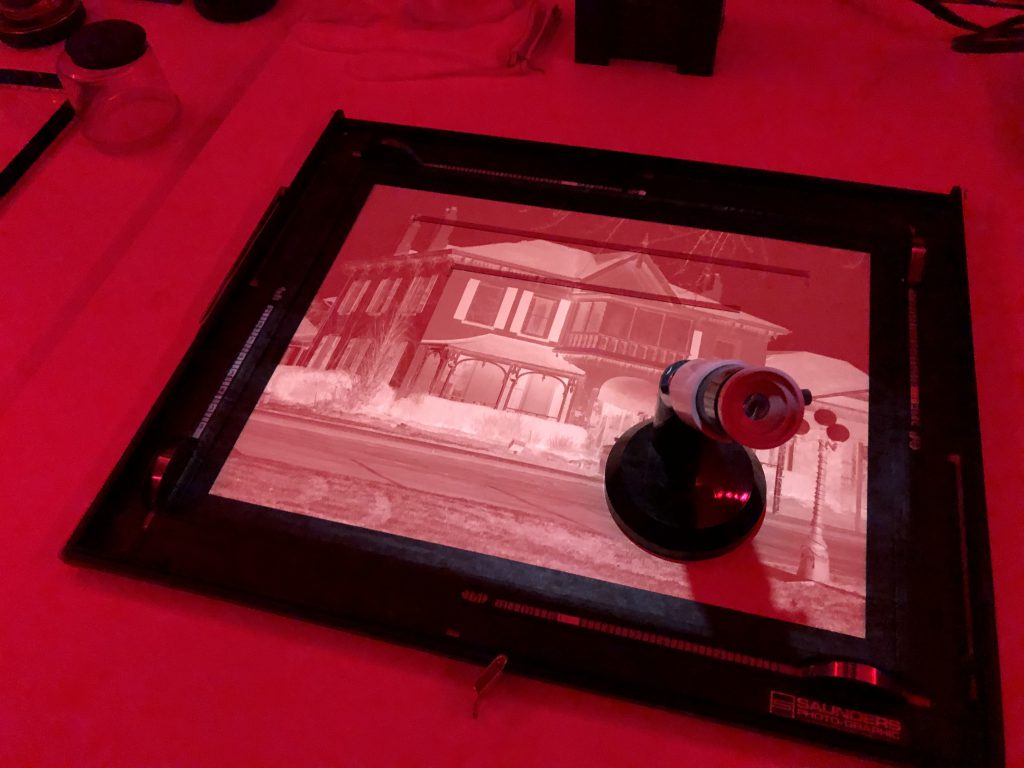
Cyanotype
This is a gateway drug into the wonderful world of alternative processes. And it certainly takes a level head and even hands to complete. Not to mention a great dependence on the weather, but it produces a wonderful result once you get things dialled in. And one of the best parts is that it is inexpensive, requires less toxic chemistry, and you can use regular watercolour paper. And while you can easily use your film negatives, you can also create negatives from your digital images! If you want a bit more consistency, build a UV Light Box. But be careful; in no time, you’ll be doing Platinum Palladium Process!
Want a subscription to SilverGrain Classics and are a fan of Classic Camera Revival? Visit their shop online and buy a magazine or a subscription? Looking for a good spot to get your gear and material fix check out Burlington Camera (Burlington, ON), Downtown Camera (Toronto, ON), Film Plus (Toronto, ON), Belle Arte Camera (Hamilton, ON), Pond’s FotoSource (Guleph, ON), Foto Art Camera (Owen Sound, ON). In Quebec, Photo Service (Montreal, QC) and Studio Argentique (Montreal, QC), Out West there’s Kerrisdale Cameras (BC), The Camera Store (Calgary, AB) and Beau Photo Supply (Vancouver, BC). Additionally you can order online at Argentix (Quebec), buyfilm.ca (Ontario), the Film Photography Project or Freestyle Photographic. Looking for development options, check out these labs that have our support, Boréalis Photo Lab, Old School Photo Lab, The Darkroom, and Film Rescue International.
Also you can connect with us through email: classiccamerarevivial[at]gmail[dot]com or by Facebook, we’re at Classic Camera Revival, Twitter @ccamerarevival, and Instagram (@classiccamerarevival)!
